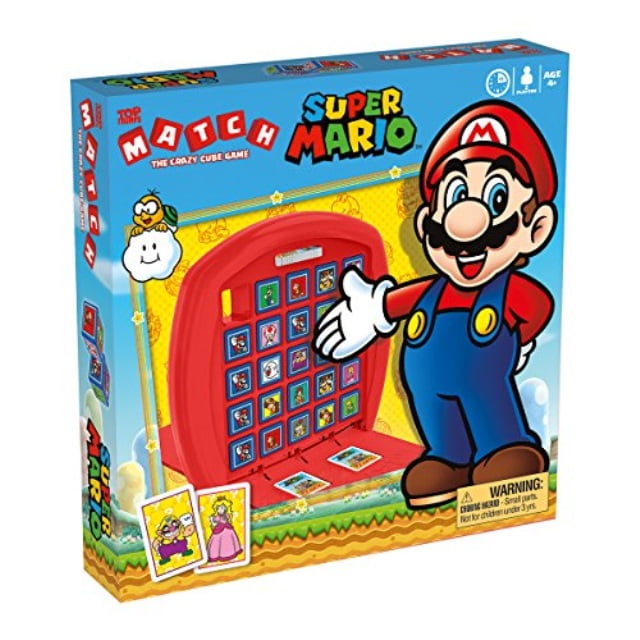

Whichever monitoring method is applied, in a youth population it is important that the protocol can be individualised, is inexpensive and can be easily implemented and reported so that the monitoring is sustainable.īanister impulse-response (IR) model estimates the performance in response to the training impulses (TRIMPs). It has been suggested that the combination of training load, recovery and wellbeing monitoring variables is the optimal way to monitor an athlete’s fatigue levels. The reporting of injuries and menstrual cycles is also crucial for providing completeness when monitoring an athlete. The most commonly used external monitoring methods are GPS tracking and TRIMP whereas common internal monitoring tools are questionnaires, perceived exertion rating and heart rate measures. However, the validity, reliability and practicality of these measures are often not fully understood in female youth populations. This narrative review highlights that multiple measures have been explored to monitor both internal and external load. Therefore, monitoring youth athlete load is an emerging area of research that may help limit non-functional overreaching, injury, or illness and assist with long-term athlete development.

Young athletes may experience high training loads due to playing several sports, as well as participating in school physical education. Participation in youth sports is ever-increasing, along with training and competition demands placed upon youth athletes. The intraweek variation in load dynamics is necessary to allow the correct athlete’s recovery and adaptation to volleyball efforts and the interweek load increase can be monitored by the ACWR.
#Trimps game review professional#
Higher total week training load values are observed in the preparatory period than in competitive periods and wellbeing and recovery questionnaires are sensible to increased loads.ĬONCLUSIONSː In professional male volleyball, training load seem to be planned with variation according to the period of the season and days of week. The sRPE values found ranged from 51.92 (AU) to 627 (AU) and presents an undulating kinetic intra and inter weeks. Volleyball training sessions range from 4 to 7 in Brog scale and sessions with more jumps present a higher load. 26 studies meet the criteria and were included.ĮVIDENCE SYNTHESISː the most used and indicate tools for quantification, monitoring and evaluation of volleyball internal load are the rating of perceived exertion (RPE), session rating of perceived exertion (sRPE) and other metrics derived from these data. INTRODUCTIONː the objectives of this systematic review is (a) to synthesize the volleyball internal load values presents in the literature, (b) verify the applicability of the different tools for quantification and monitoring these variables and (c) analyze the similarity with the matches and training loadsĮVIDENCE ACQUISITIONː this review followed the PRISMA statement recommendations and the search was carried out in the databases: PubMed / NCBI, SportDiscus via EBSCOhost, SciELO and in the Brazilian Library of Theses. The results suggest that TRIMP(MOD) is a means of quantifying training load in team sports and can be used to prescribe training for the maintenance or improvement of aerobic fitness during the competitive season. Mean weekly TRIMP(MOD) was correlated with the change in O(2max) and treadmill speed at a blood lactate concentration of 4 mmol x l(-1) from the start of to mid-season (P<0.05).

Heart rate was recorded during all training sessions and match-play, from which TRIMP(MOD) was calculated. l(-1) a maximal incremental test to determine maximal oxygen uptake (O(2max)) and peak running speed and an all-out constant-load test to determine time to exhaustion. Participants performed three treadmill exercise tests at the start of the competitive season and mid-season: a submaximal test to establish the treadmill speed at a blood lactate concentration of 4 mmol. Eight male field hockey players, participating in the English Premier Division, took part in the study (mean+/-s: age 26+/-4 years, body mass 80.8+/-5.2 kg, stature 1.82+/-0.04 m). The aims of the study were to modify the training impulse (TRIMP) method of quantifying training load for use with intermittent team sports, and to examine the relationship between this modified TRIMP (TRIMP(MOD)) and changes in the physiological profile of team sport players during a competitive season.


 0 kommentar(er)
0 kommentar(er)
